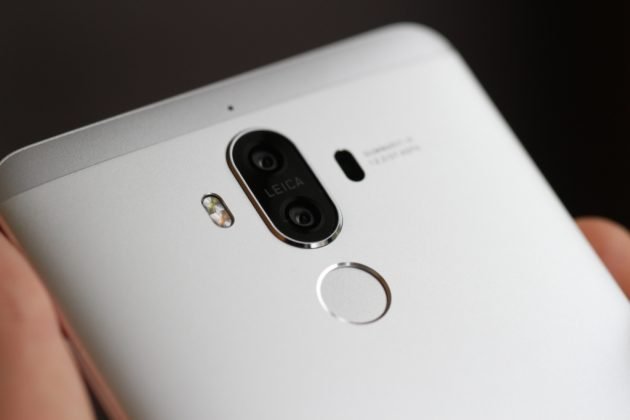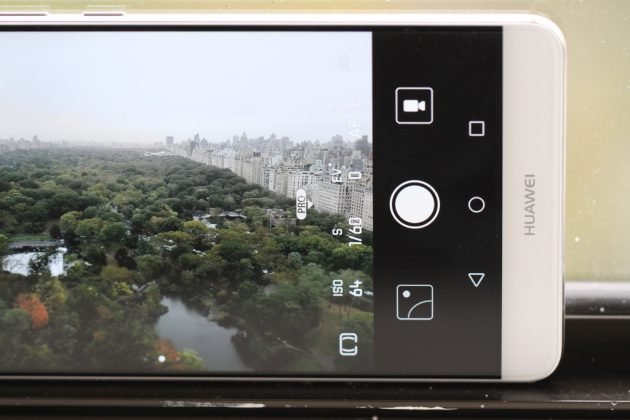The smartphone is made in the style characteristic of Huawei, familiar to us from models of previous generations. The back of the Mate 9, with the exception of the paired main camera module, almost completely repeats that of the Nexus 6P. The matte washer of the fingerprint sensor looks identical at all.
Huawei Mate 9 is equipped with an 8-core Kirin 960 processor with a clock speed of up to 2.4GHz and a Mali G71 MP8 graphics accelerator. For the first time in the company's smartphones, the i6 motion coprocessor was used, which is responsible for a more accurate orientation of the Mate 9 in space. This should be useful not only in games, but also when taking photos and videos.

Apparently, the Chinese decided not to chase a competitor in the face of OnePlus 3 and save an additional 2 GB of RAM until next year. That is why the amount of RAM of the novelty is 4 GB, and the built—in is 64GB with expandable microSD cards. But the manufacturers did not skimp on the battery and put as much as 4 000 mA·h in a relatively compact case.

With a thickness of less than 8 mm, the novelty has a dual camera from Leica with optical image stabilization, barely rising above the body. The resolution of the main module is 20 Mp, while the auxiliary, acting as a rangefinder, is only 12 Mp.
The latter is responsible for determining the focal length to the subject and the depth of the frame. The level of white balance and exposure, as well as the "painting" of the final image falls on the matrix of the main module. He is also involved in recording videos.
Mate 9 will go on sale at the end of November at the recommended retail price of 699 euros.